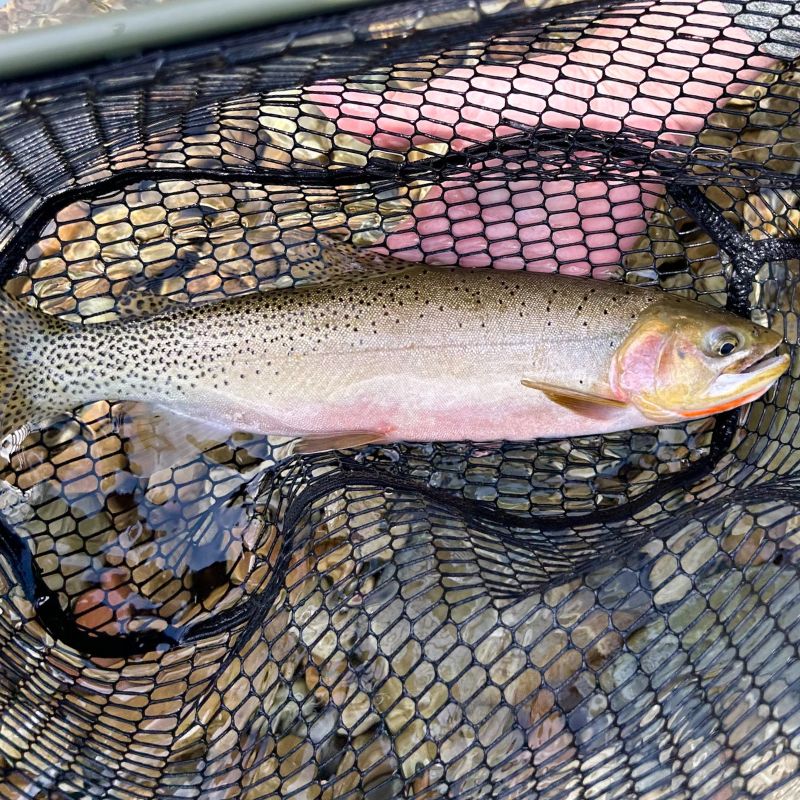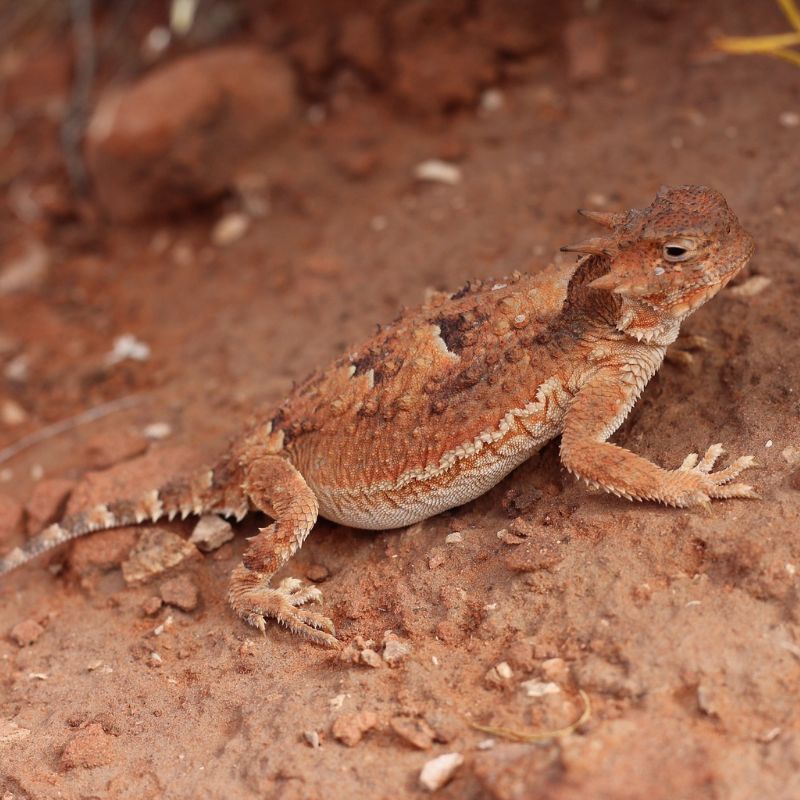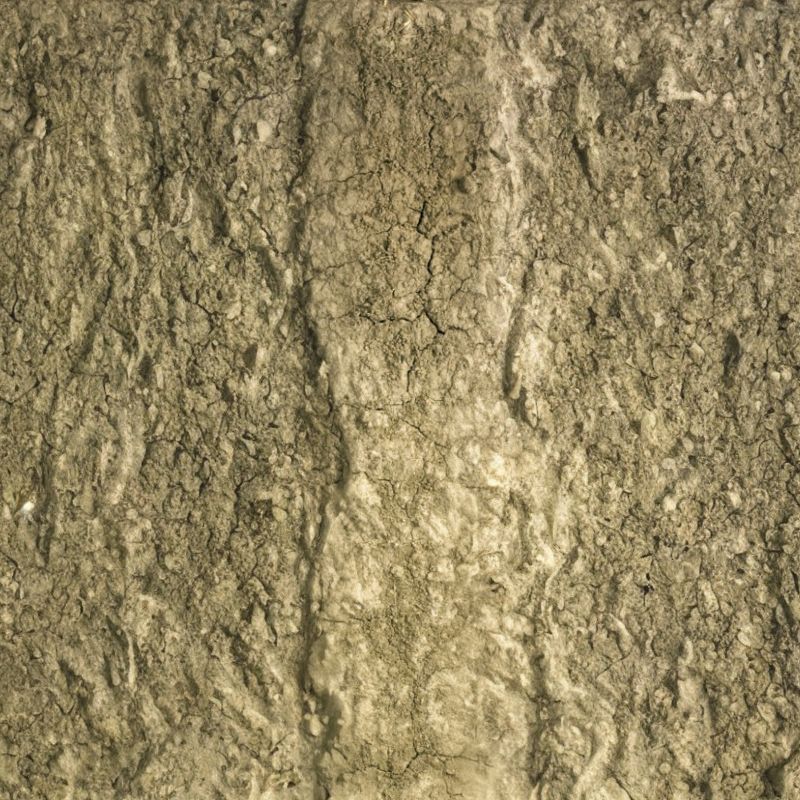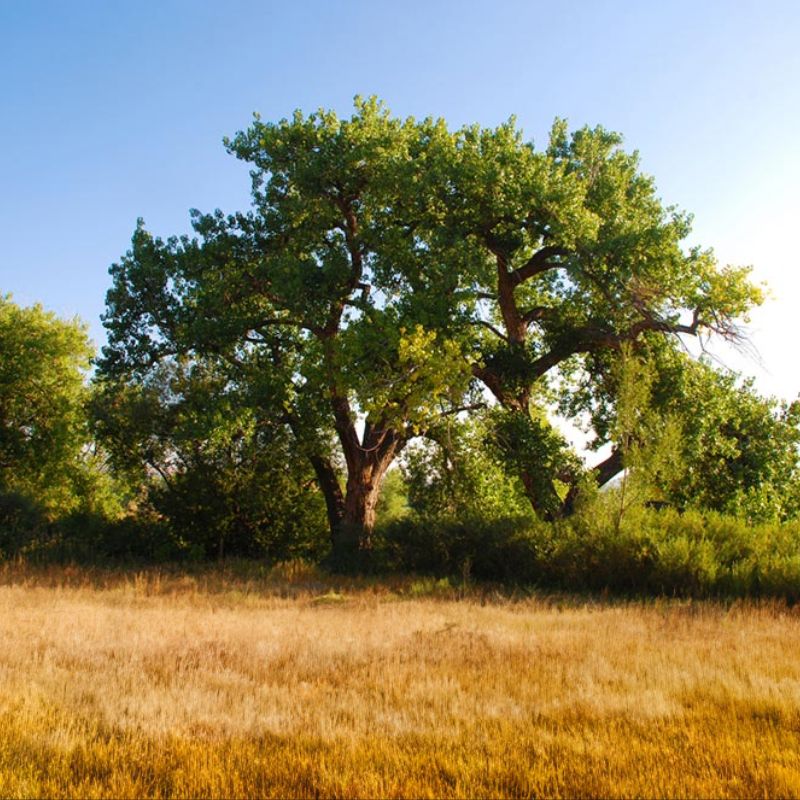Explore the Fascinating History of Wyoming
Take our Wyoming Trivia Quizzes for a Chance to Win a 6-Month Subscription to History By Mail!

The History of Wyoming
Journey Through Wyoming Trivia
Welcome to our Wyoming history and trivia page, presented by History By Mail. Join us as we delve into the captivating past and remarkable culture of the Equality State. From the majestic landscapes of Yellowstone National Park to the iconic Old Faithful geyser, we'll uncover some of Wyoming's hidden treasures and challenge your knowledge with fun quizzes. Let's embark on our journey through Wyoming's history and trivia together.
Wyoming is a state filled with intriguing stories and a distinct heritage. From the era of Native American tribes like the Shoshone and Arapaho to the legendary figures of the Wild West, such as Buffalo Bill Cody, Wyoming has left an indelible mark on American history. Its vast open plains, towering mountain ranges like the Grand Tetons, and the iconic Devils Tower National Monument offer breathtaking natural beauty and outdoor adventures. Today, Wyoming is cherished for its rugged charm, rich wildlife, and a spirit of independence that reflects the enduring pioneer spirit of the American West.
Facts about Wyoming
State Abbreviation: WY
Capital: Cheyenne
Name Origin: The origin of Wyoming's name is uncertain, with possibilities ranging from Native American terms meaning "mountains and valleys alternating" or "large plains" to references of "big river flat" or "a large prairie place" in different languages.
Nickname: Equality State; Cowboy State
Statehood: July 10, 1890 (44th State)
State Motto: "Equal Rights." It signifies the state's commitment to equality and fairness for all its residents, regardless of gender, race, or background.
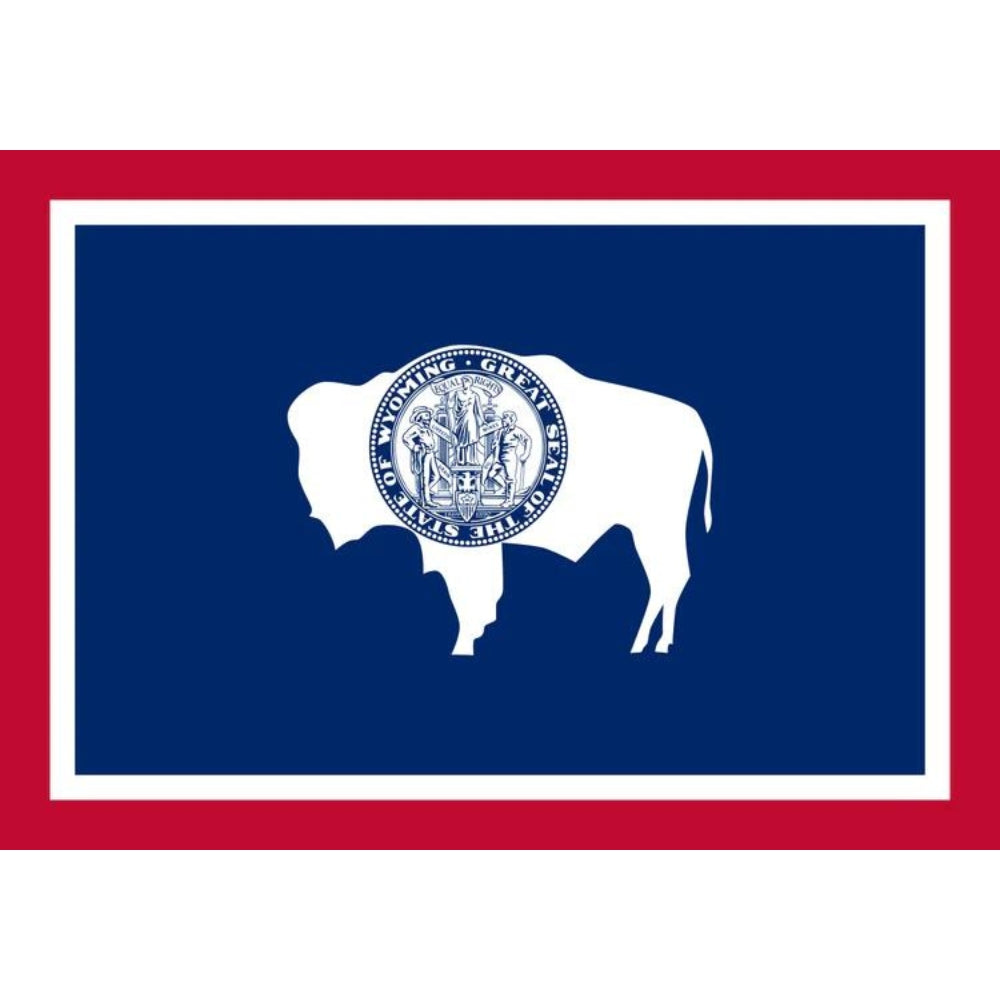
Wyoming's Flag
The Wyoming state flag was adopted in 1917 and features a silhouette of a white bison in the center, representing the state's wildlife and strength. The bison stands on a blue field, symbolizing loyalty and justice. Above the bison, the words "Equal Rights" are displayed, reflecting Wyoming's pioneering role in granting women the right to vote. The flag's design was created by Verna Keays, a resident of Buffalo, Wyoming. It proudly represents the state's natural beauty, principles of equality, and progressive spirit.
Wyoming's Great Seal
The Great Seal of Wyoming, adopted in 1893 and revised in 1921, features a draped figure with a staff and the banner "Equal Rights." It commemorates Wyoming's recognition of women's political status and represents the state's industries. The seal is displayed in the Wyoming Capitol and incorporated into the state flag.
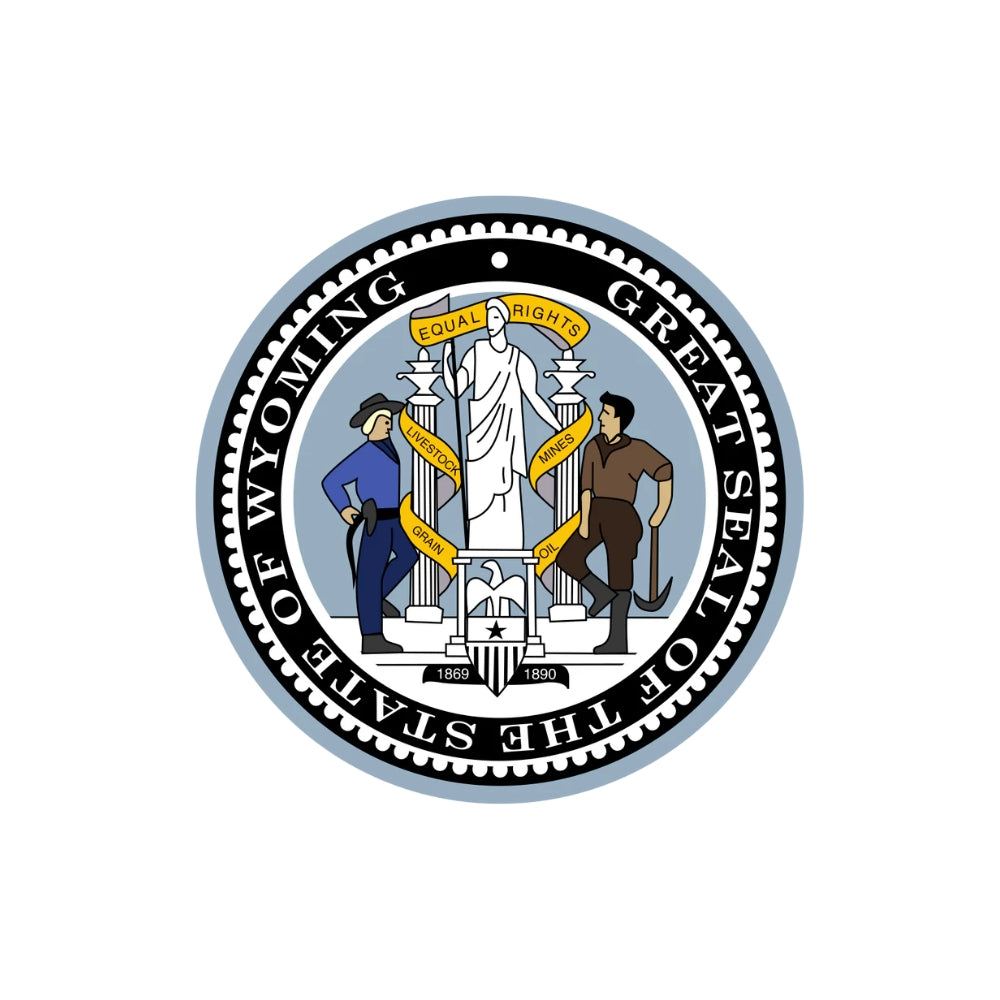
--- State Trivia #1 ---
History of Wyoming
Wyoming's history spans thousands of years, with Native American tribes like the Arapaho, Cheyenne, Crow, Shoshone, and Ute calling the land home. European exploration began in the 18th century, and in 1868, Wyoming became a U.S. territory before achieving statehood in 1890. Notable landmarks include Yellowstone National Park and Fort Laramie, while the state's abundant natural resources, such as coal and petroleum, have shaped its economy. Wyoming holds the distinction of being the first state to grant women the right to vote in 1869.
With its majestic landscapes, Wyoming offers a haven for outdoor enthusiasts. From the iconic Grand Teton National Park and Jackson Hole to the annual "Frontier Days" celebration in Cheyenne, the state offers a wealth of natural wonders and cultural attractions. Its rich agricultural sector thrives in sheep and wool production, beef cattle, and a variety of crops. Wyoming's history is also marked by groundbreaking milestones, including Nellie Tayloe Ross becoming the first woman governor in the United States in 1925.
Beyond its scenic beauty and historic achievements, Wyoming plays a significant role in industries such as coal production, petroleum, natural gas, and sodium carbonate. The state's abundant resources and thriving economy contribute to its unique character and make it an appealing destination for visitors and residents alike.
State Symbols
Fun Facts
- Yellowstone National Park, located primarily in Wyoming, was the first national park in the United States and is widely regarded as the first national park in the world.
- Wyoming is home to the largest coal mine in the United States, the North Antelope Rochelle Mine, which produces a significant portion of the country's coal.
- Devils Tower, a striking geological formation in northeastern Wyoming, was designated as the first national monument in the United States by President Theodore Roosevelt in 1906.
- Wyoming is the least populous state in the country, with a population density of only six people per square mile.
- Wyoming is often referred to as the "Equality State" because it was the first state in the United States to grant women the right to vote, making it a pioneer in women's suffrage.
--- State Trivia #2 ---

Things To Do in Wyoming
- Explore Yellowstone National Park: Wyoming is home to a significant portion of this iconic national park, known for its geothermal features, wildlife, and breathtaking landscapes.
- Visit Grand Teton National Park: Located in northwestern Wyoming, this park offers stunning mountain scenery, pristine lakes, and abundant outdoor recreational opportunities such as hiking, camping, and wildlife watching.
- Discover Devil's Tower National Monument: Marvel at the impressive rock formation that rises dramatically from the surrounding landscape. It is a popular spot for rock climbing and hiking.
- Experience the Old West in Cheyenne: Visit the state capital and immerse yourself in the history and culture of the Wild West. Explore museums, attend rodeo events, and witness the famous Cheyenne Frontier Days celebration.
- Enjoy outdoor activities in Jackson Hole: This resort town nestled in the Teton Range offers skiing, snowboarding, hiking, and scenic wildlife tours. It is also a gateway to the beautiful Grand Teton National Park.
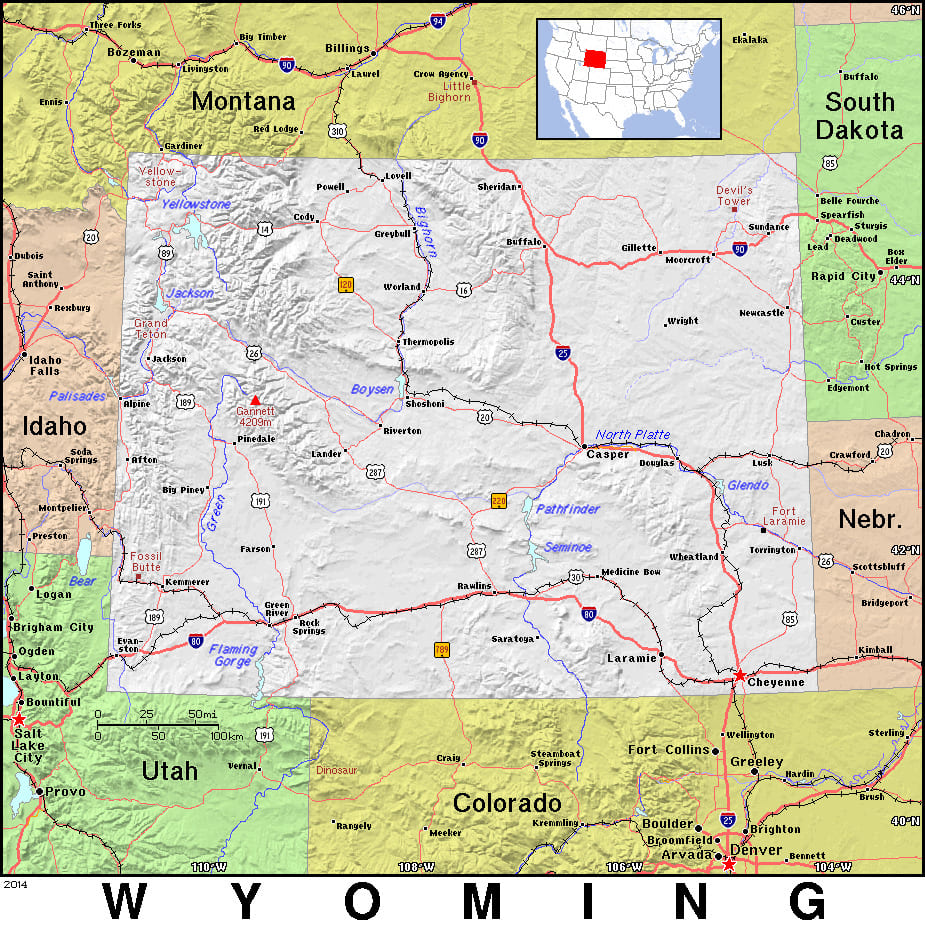
General Map of Wyoming
Wyoming is bordered by Montana, Idaho, Utah, Colorado, Nebraska, and South Dakota. The state can be divided into three regions: the Great Plains with the Black Hills and Devils Tower, the Rocky Mountain ranges with Grand Teton National Park and Yellowstone, and the Intermontane Basins with the Red Desert, the largest living dune system in the US.
Famous People From Wyoming
--- State Trivia #3 ---
FREQUENTLY ASKED QUESTIONS (FAQ) ABOUT WYOMING
Wyoming earned the nickname "Equality State" because it was the first state in the United States to grant women the right to vote in 1869. This significant step toward gender equality set a precedent for the nation.
Wyoming is home to two famous national parks: Yellowstone National Park, established in 1872, and Grand Teton National Park, established in 1929.
Devil's Tower, located in northeastern Wyoming, is a unique geological formation and holds cultural significance for several Native American tribes. It was also the first national monument designated by President Theodore Roosevelt in 1906.
Wyoming was organized as a territory on July 25, 1868. It became the 44th state of the United States on July 10, 1890.
Related Resources
- Official Website of the State of Wyoming: The official website provides information about state government services, news, business resources, and more. Visit: https://wyoming.gov/
- Wyoming Office of Tourism: Discover Wyoming's attractions, outdoor adventures, events, and plan your visit to the state. Visit: https://www.travelwyoming.com/
- Wyoming State Parks: Explore Wyoming's state parks, campgrounds, hiking trails, and recreational opportunities. Visit: https://wyoparks.wyo.gov/
- Wyoming State Historical Society: Learn about Wyoming's history, heritage, and access resources for historical research. Visit: https://www.wyshs.org/
- Yellowstone National Park: Explore the world-famous Yellowstone National Park, known for its geysers, wildlife, and natural wonders. Visit: https://www.nps.gov/yell/index.htm

